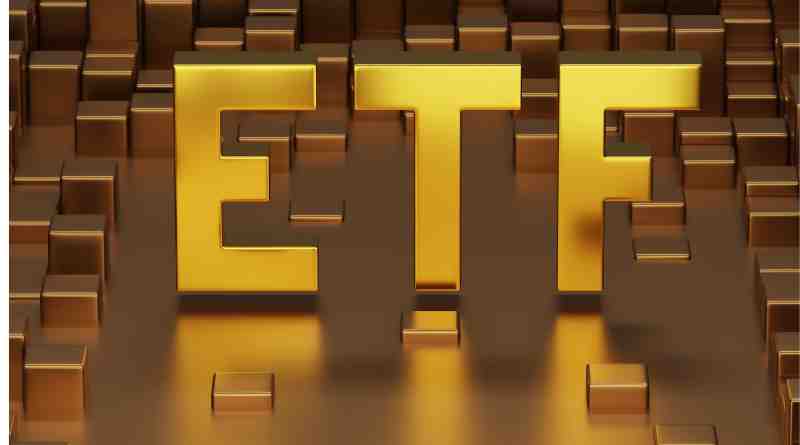
How to Invest in ETFs in 2023
Investing in ETFs (Exchange Traded Funds) remains a popular choice for many investors in 2023 due to their diversified nature, liquidity, and cost-effectiveness. While the basics of investing in ETFs haven’t dramatically changed since the early 2020s, there might be specific nuances or platforms that have emerged. Below is a general step-by-step guide on how to invest in ETFs in 2023 or Qureka Banner:
Educate Yourself:Understand what ETFs are, their benefits, and the risks involved. There are many types of ETFs, including equity ETFs, bond ETFs, commodity ETFs, sector-specific ETFs, and international ETFs.
Set Clear Objectives:Determine your investment goals. Are you looking for growth, income, hedging, or perhaps a mix?
Research ETFs:
1.Screening Tools:Check the underlying holdingilable on financial websites and platforms to filter and sort ETFs based on your criteria.
2.Expense Ratio:Look for ETFs with a low expense ratio as fees can eat into your returns over time.
3.Liquidity:Ensure that the ETF has sufficient trading volume. This ensures that you can buy or sell shares without facing significant price discrepancies.
4.Choose a Trading Platform or Broker:Traditional brokers, like Charles Schwab, Fidelity, or TD Ameritrade.
Robo-advisors, such as Betterment or Wealthfront, may offer automated ETF portfolio solutions.Newer platforms or apps that have gained popularity since 2022.
Open an Account: Once you’ve chosen a platform, you’ll need to open an account. This typically involves providing personal information, bank account details for transfers, and may require some form of identification verification.
Fund Your Account:Transfer money from your bank account to your brokerage account. Depending on your broker, there might be multiple funding options available.
Place Your Order:
Market Order: Buys/sells the ETF at the current market price.
Limit Order: Specifies the maximum price you’re willing to pay as a buyer or the minimum price you’re willing to accept as a seller.
Stop Order: Turns into a market order once a specific price level is reached.
Stop-Limit Order: Becomes a limit order once a specific price level is achieved.
Diversify: Don’t put all your money into one ETF. Consider diversifying across different types of ETFs or even other types of investments.
Monitor and Rebalance: Periodically check your ETF investments. Depending on market movements, you might want to rebalance your portfolio to maintain your desired asset allocation.
Stay Updated: The financial world is dynamic. New regulations, technological advancements, or global events might affect the ETF landscape. Stay informed to make the best investment decisions.
Consider Tax Implications: Be aware of tax consequences related to your investments, including dividends and capital gains. Some ETF structures might be more tax-efficient than others.
FAQ questions and answers of How to Invest in ETFs in 2023
Certainly! Here’s a set of Frequently Asked Questions (FAQs) about investing in ETFs in 2023, along with their answers:
Q1: What is an ETF?
A1: An ETF, or Exchange Traded Fund, is an investment fund that holds a collection of assets like stocks, bonds, or commodities and trades on stock exchanges. It offers a way for investors to buy a broad portfolio of assets without having to purchase each one individually.
Q2: How are ETFs different from mutual funds?
A2: While both ETFs and mutual funds pool investors’ money to buy a diversified portfolio, there are key differences:
Trading: ETFs are traded throughout the day on stock exchanges, just like individual stocks. Mutual funds are priced and traded only once a day after markets close.
Expense Ratios: ETFs generally have lower expense ratios than mutual funds.
Minimum Investment: Some mutual funds require a minimum investment, while ETFs do not have such requirements; you can buy as little as one share.
Q3: Are ETFs safe to invest in?
A3: Like all investments, ETFs carry risks. However, because they hold a diversified collection of assets, they can spread out and potentially mitigate some risks. The safety of an ETF depends on its underlying assets and the broader market environment.
Conclusion:
Lastly, always consult with a financial advisor or professional if you’re uncertain about your investment decisions. They can provide personalized guidance tailored to your financial situation and goals.
Read also : check
